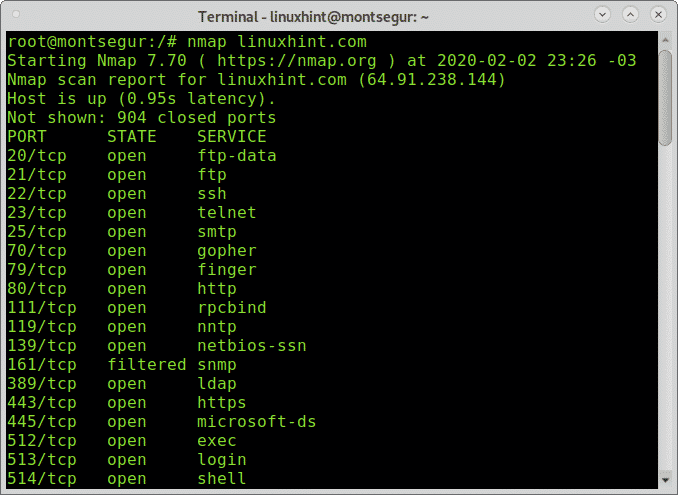

$ sudo apt-get install nmapĪs an example, let’s say that you want to ping the “192.168.178.35/24” on your local network on the default LDAP port : 389. How to Verify Mail Client Settings Using Telnet Step 1: Open up command prompt. If the “nmap” command is not available on your host, you will have to install it. If the telnet succeeds the prompt will display a flashing cursor, if it. This should look like: telnet hostname portnumber. For this tutorial, we are assuming that you are scanning local ports for monitoring purposes only. To perform the actual test, launch the Cmd prompt and type in the command telnet, followed by a space then the target computer name, followed by another space and then the port number. Note : if you are using nmap, please note that you should be aware of legal issues that may come along with it.

$ nc -vz 389Ī 389 (ldap) : Connection refused Ping Ports using nmapĪ very easy way to ping a specific port is to use the nmap command with the “-p” option for port and specify the port number as well as the hostname to be scanned. On the other hand, if you try to ping a specific port that is not open, you will get the following error message. In order to quit the Telnet utility, you can use the “Ctrl” + “]” keystrokes to escape and execute the “q” command to quit.Īs you can see, the connection was successfully opened on port 80. $ telnet 192.168.178.2 80īeing able to connect to your remote host simply means that your service is up and running. $ sudo apt-get install telnetĪs an example, let’s say that we have a website running on an Apache Web Server on the 192.168.178.2 IP address on our local network.īy default, websites are running on port 80 : this is the specific port that we are going to ping to see if our website is active. There are all sorts of reasons you might want to do this: Check if a web server is down. Checking if a port is open interactively or through a script is quite a common operation for any administrator.

If you are facing the “ telnet : command not found” error on your system, you will have to install telnet on your system by running the following commands. Test for open ports from using Telnet, Portqry or Powershell.
#How to use telnet to test a port windows#
The “telnet” command is valid for Windows and Unix operating systems. You can also specify a domain name instead of an IP address followed by the specific port to be pinged. The easiest way to ping a specific port is to use the telnet command followed by the IP address and the port that you want to ping.


 0 kommentar(er)
0 kommentar(er)
